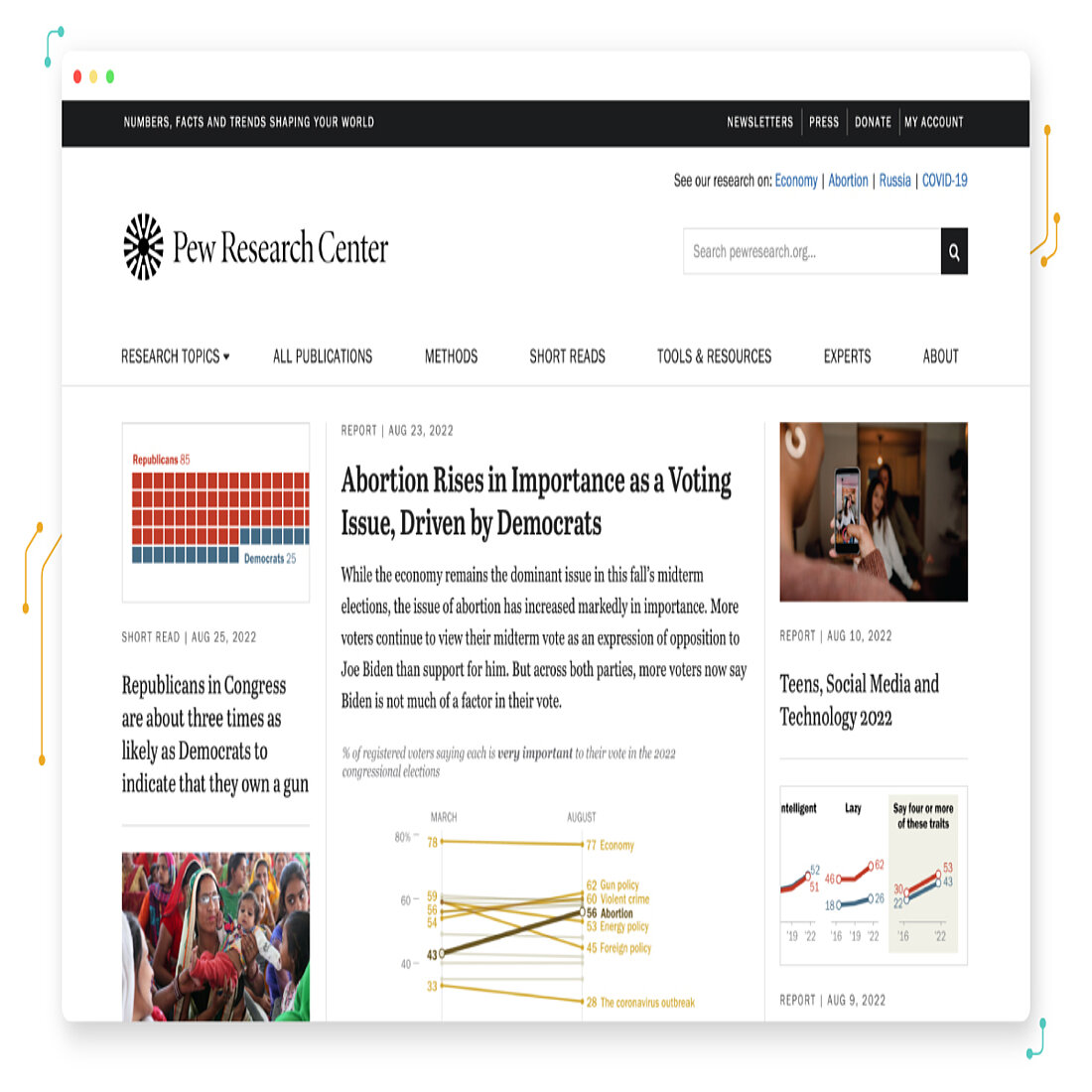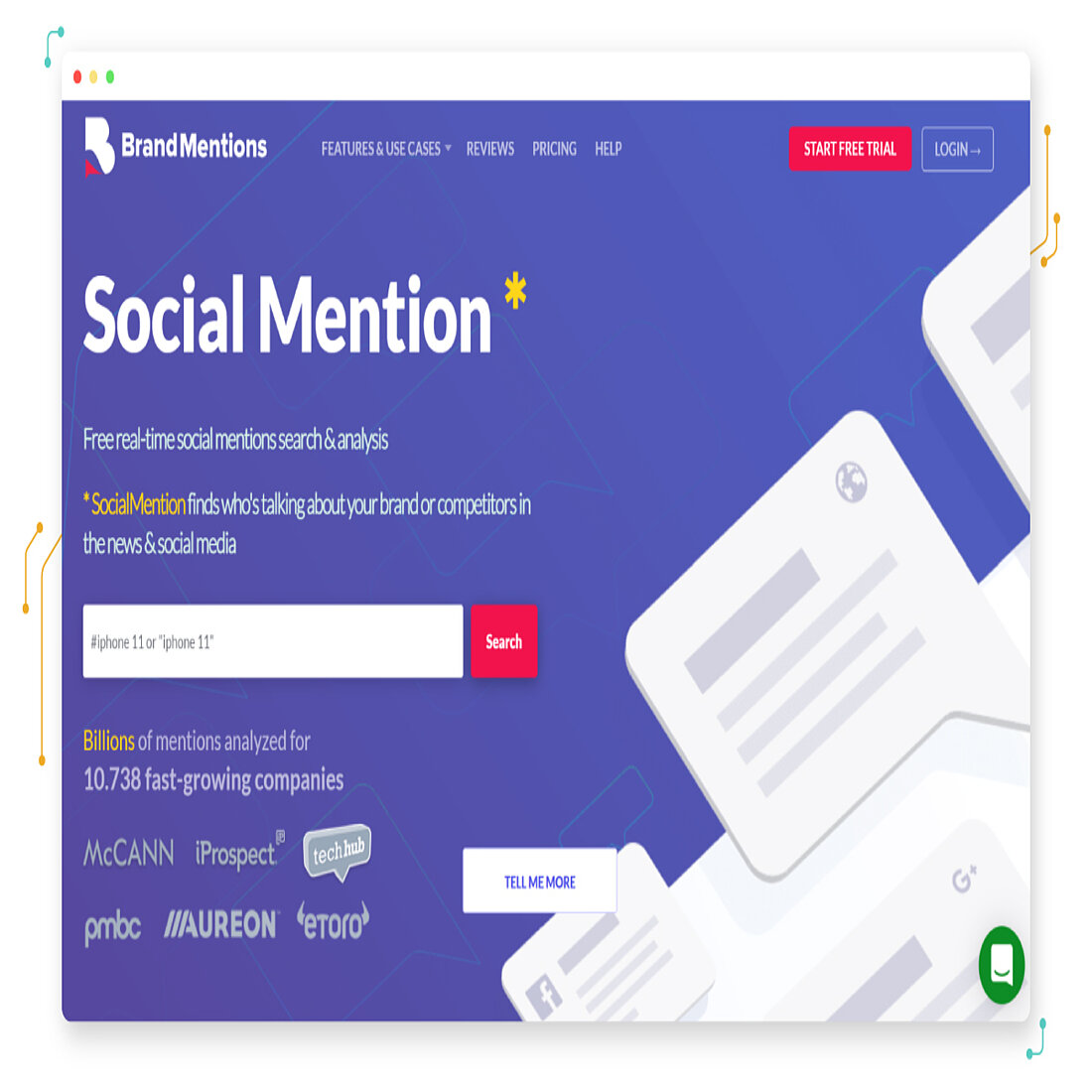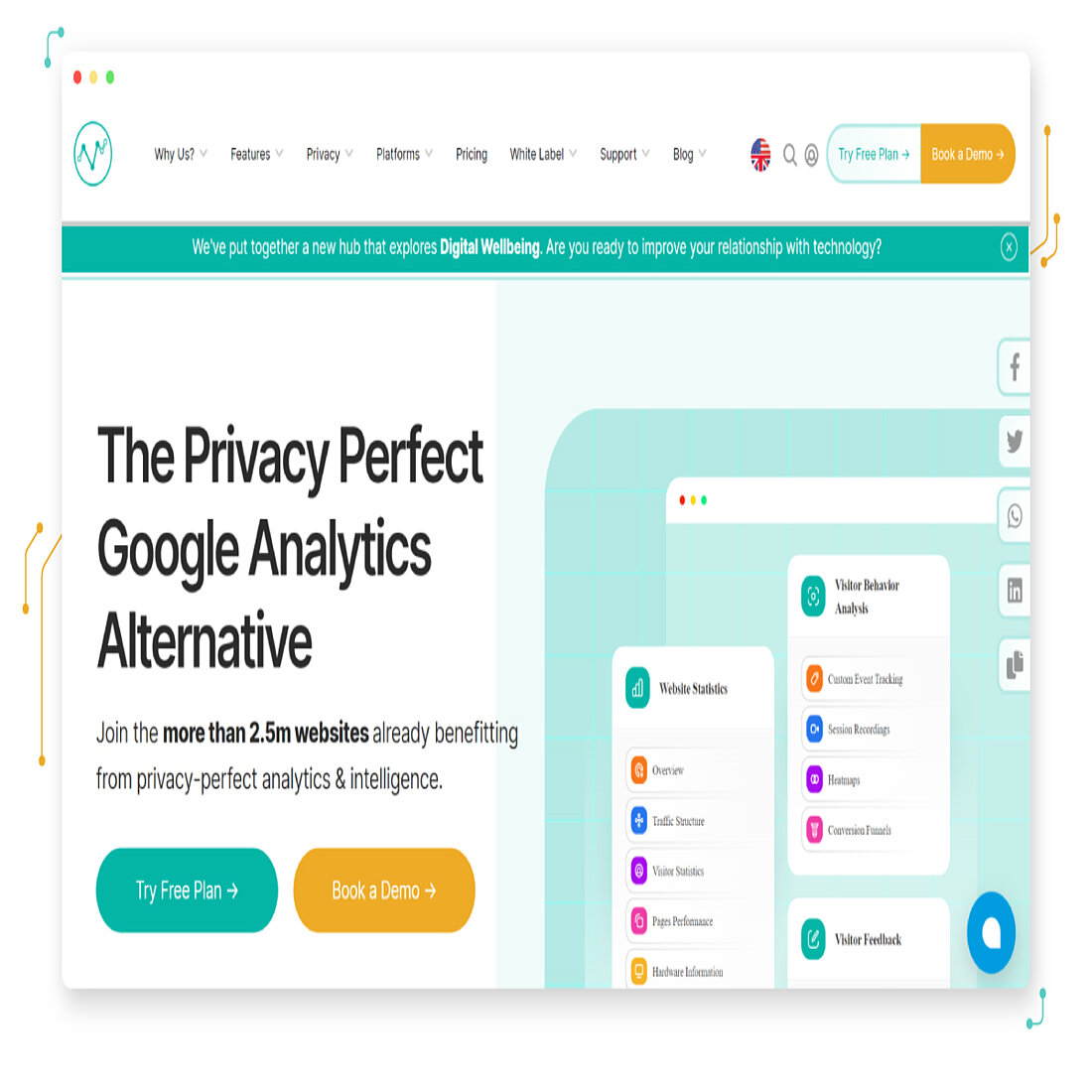
Simon Coulthard September 15, 2023
- What is Market Research?
- What's the Difference between Marketing and Market Research?
- What Are the Four Types of Market Research?
- How Important Is it to Carry Out Market Research for Any Organisation?
- What Makes Effective Market Research?
- What Are the Seven Stages in the Market Research Process?
- 10 Common Market Research Questions
- What Are Some Good New Market Research Tools?
- How Do You Do Market Research for a Startup Idea?
- How Can I Conduct Market Research on a Product?
- What Are the Difficulties of Conducting Market Research?
- What Is the Difference Between Regular Marketing Research and Ethnographic Marketing Research?
- Will Crowdsourcing Replace Traditional Market Research?
- What Is the Future of Market Research?
- What Are Some Innovative Marketing Research Methodologies?
- How Do Online Market Research/Survey Companies Find Participants?
- How Do You Write a Market Research Report?

When you run a business, success doesn’t just fall from the sky! Starting off can be overwhelming, but a lot of the headaches can be treated by conducting some market research - a crucial process if you are launching a new product or looking to increase your market share in a competitive industry.
Whether you’re coming up with a new idea or shaping a product that is already trending, it’s good practice to collect insights about prospects and competitors to find out what’s actually important to them.
Ultimately, market research enables you to build an accurate picture of how your business or product should look from the perspective of the people most likely to become your customers. It also forms the basis of the planning behind the Visitor Communication tools that you’ll find in our website intelligence platform.
This article will teach you everything you need to know about this useful marketing tool - what market research is, its different types and examples, and tips for preparing and conducting it effectively.
So feel free to scroll through the article at your leisure or alternatively click on the question below to jump to the answer you’re looking for.
What is Market Research?
Market research is the process of collecting information about your target audience, from things like interviews, focus groups, observations, and surveys, as well as the analysis of wider industry data.
It provides powerful insights which you can then use to make informed decisions about your customers and prospects across your business. And while market research is often used to create effective advertising and marketing campaigns, it is also useful for honing all your external communication.
What's the Difference between Marketing and Market Research?
Marketing is fundamentally the process of getting people interested in your company and keeping them engaged, while market research refers to the activity of gathering information about their needs and preferences.
As such, market research is an important subcategory of marketing. It refers to the analysis of the entire market, and how consumers think and behave within it, which you can then use to create a marketing strategy - and carry it out effectively.
What Are the Four Types of Market Research?
While market research can be divided many different ways, it is most commonly categorized into four key types. You’ll find more information further down about which ones are most compatible with your marketing goals at any given time, but let’s run through what each type is:
1. Primary Market Research
Primary market research is research that you either conduct yourself, or hire someone to do for you. This makes it a practical option for anyone, whether you’re an individual, small marketing team, or large company.
It involves going straight to the source in order to get answers and results. This can be done using surveys, questionnaires, interviews, focus groups, and observation - you’ll need to choose the channel that best suits your goals, and to prepare the questions in a way that will ensure that you can pull the best insights from them.
2. Secondary Market Research
Secondary market research is research that has already been carried out by others. It includes reports and studies that have been done by government agencies, market research companies, trade associations, and so forth.
This method is commonly used by businesses that don’t have the budget to invest in research, since all you have to do is find the research and apply it to whatever issue your research is focused on, but it is also a useful way to enrich the data you already have on hand.
3. Quantitative Market Research
Quantitative Market Research is the technique of asking questions to your target audience in a structured way through surveys, polls, and questionnaires. You can use this method if you want to find patterns of behavior, market trends, and determine averages.
This research typically relies on closed-ended questions with the purpose of collecting reliable, standardized facts and figures that you can then use to find answers to key business questions.
4. Qualitative Market Research
Qualitative market research is the study of what influences consumer behavior within a specific market. It’s made up of primary and secondary research methods, and its purpose is to help you understand customers’ perceptions, opinions, experiences, and interactions.
Qualitative market research can be collected in various different ways, like focus groups, online surveys, and in-depth interviews. It goes deep into the key facts you can pull from quantitative research, enabling you to identify why customers act in the way that they do.
Qualitative research is non-numerical and hard to measure, and it helps you to find out information about your target audience rather than pinpointing any exact, quantifiable truth.
How Important Is it to Carry Out Market Research for Any Organisation?
Market research is vital for any organization regardless of their size or field, with many studies proving just how important it is to long-term business success. Simply put, a business that understands its customers and prospects well will be able to better target customers, identify new opportunities, and sell more products.
Crucially, market research is the easiest way to keep up-to-date with trends, and enables you to tailor everything to the people most likely to buy from you. You can take the insights it provides, and use them to establish methods and strategies that will skyrocket your brand upwards, while leaving competitors in the dust.
What Makes Effective Market Research?
For effective market research, you need to:
- Collect the necessary information - It’s essential to understand the market trends if you want to be successful and get to know your competitors so that you can do better than them.
- Take advantage of market reports and data - There are tons of tools available on the Internet that provide a range of resources, reports, and much more.
- Implement field research - Field research is represented by surveys, interviews, and observation. The type of field research you use and the questions you ask are very important in getting the data you want to collect.
- Analyze the information - Be aware of outdated information so you don’t use it. Also, when interpreting the information, make sure it fits your target audience.
- Collaborate with a market research company - If you have a budget, but you don’t have time or a skilled team, you should consider using a market research company.
What Are the Seven Stages in the Market Research Process?
Market research is a powerful tool when used properly, but this means that it needs to be done as part of a wider process. Let’s run through the major steps involved in here, and which you’ll need to implement in the correct manner:
1. Define Your Business Objectives
Any action taken by your business needs a well-defined purpose behind it, and market research is no different. As such, it’s best to start this process by deciding exactly what you want to achieve from it. This could be anything from enhancing your brand to selling more products, or identifying key performance indicators that you want to improve on.
2. Identify the Exact Problem to Research
Once you’ve pinpointed your goal, you can use it to identify a particular problem area that needs to be solved - for instance, you may find that you have a lot of negative reviews online, a low conversion rate or a high churn rate. Ultimately, it’s good practice to decide on one, so that you can pull practical insights from the research.
3. Pick a Research Instrument
Now that you’ve identified the exact pain point that you want to investigate, you’re in a good position to choose the right market research approach that will make your findings as useful as possible.
You can choose to collect primary and secondary research, and use a mixture of qualitative and quantitative research methods, depending on the data you need.
You can choose from the many research instruments available to you, like surveys, questionnaires, interviews, focus groups, and so forth.
4. Determine the Sampling Plan
Now that you know the issue to study and what method you are going to use, the next step is to narrow down the list of people you’ll contact to those that can provide you with the answers you need.
If, for instance, you’re worried about the number of negative reviews your products get online, you would naturally target new customers. Alternatively, if you’re looking to understand why a particular webpage isn’t converting enough people, you would then only focus on people that have navigated there.
This step may seem fairly clear cut most of the time, but thought here will ultimately dictate how useful the results actually are.
5. Collect the Data
This is the key stage of market research, and involves (finally) putting all your planning into action - and using whatever research instruments that you selected earlier in the process.
You can of course get this work outsourced to a third-party company that specializes in market research, but if you do it in-house, you’ll need to ensure that the people responsible have a basic understanding of the techniques involved, and that they carry out the work diligently.
6. Analyze the Data
Once you’ve collected your market research, you’ll need to find some way to analyze it effectively. Practically, what this means is bringing together all the qualitative and quantitative data that you have collected, so that you can draw holistic insights from it.
This can be tricky if you’re pulling data from multiple sources, but website analytics tools like TWIPLA include a survey module that enables you to carry out market research, and integrate it together with the data collected elsewhere - simple!
7. Turn Insights into Strategies
If you’ve carried out your market research process effectively, you should now have insights about customer behavior, preferences and concerns that you can then use to guide optimization work across your business.
That’s the seven key strategies of your market research process covered, but it’s important to remember that this is not a one-off activity that you can do and forget about.
Instead, market research should be done regularly, and incorporated into every area of your business, to ensure that the data that informs your business strategies remains as accurate as possible.
10 Common Market Research Questions
When conducting market research, there are some common questions that can help you get to know your audience and their perspective on your product. Here are some of the more common ones:
- How old are you? Where do you live?
- How likely are you to recommend us to a friend?
- How could we improve our products?
- What would increase your chance of buying from us again?
- How would you rate your most recent experience with us?
- What made you purchase this product?
- What nearly stopped you from buying our product?
- Did you consider any of our competitors? Who and why?
- What is the maximum you’d pay for a product like ours?
- What features do you think we should add to our product range?

What Are Some Good New Market Research Tools?
Unfortunately, there is no all-in-one solution that can help you conduct the entire market research, but each has its strengths. However, there’s still a wide range of options available to you, and we’ve run through four of the best below:
Pew Research Center

The Pew Research Center provides a big bunch of free market research resources that can help you study and analyze your target audience, and is a great platform for insights and industry reports regardless of the industry you operate in.
Answer the Public

Answer the Public is a free platform that enables you to find what people are asking about online. Simply type in a word or topic, and it will provide you with insights that you can use across your business strategy.
Social Mention

Social Mention is a great tool to use as part of your social media strategy, since it enables you to quickly see the performance of keywords across social media platforms. You can see what’s trending, and can pull important insights from the performance of keywords related to your company.
TWIPLA
Advanced website analytics platforms like our own TWIPLA include key website statistics as well as customer communication and visitor behavioral tools. This means that you can collect data from multiple channels, and store it all in one place - streamlining the market research process considerably.
How Do You Do Market Research for a Startup Idea?
Market research is crucial for any startup idea, since without proper research, even the best idea can tank quickly. Given this, it’s good practice to do market research for your startup before even writing the business plan.
Ultimately, market research for a startup idea isn’t much different from the seven-step market research process outlined above - except that you’d need to rely on secondary research since you won’t have any in-house data available yet.
How Can I Conduct Market Research on a Product?
The process of carrying out market research on a product is no different from any other such research, and has been shown time and time again to be one of the most effective ways to improve products - from the perspective of the people who want them.
Here are some tips that will help you optimize the product insights you will get from your market research:
- Identify your target audience - these will be your customers and prospects, as well as anyone who uses similar products elsewhere.
- Create a good survey/questionnaire - choosing the right survey questions and wording them in the right way will allow you to maximize the potential of your research
- Find the best communication channel - consider the options that you have in front of you, and choose whether your website, social media, or email is the best avenue through which to engage with your target audience on the subject at hand.
- Collect and analyze data - If you have already hired a company to do the research, they will also do this step for you. If not, you can also take advantage of a tool that can help you gain insights.
And if you’re looking for an analytics tool that enables you to collect and analyze market research data all in one place, check out our TWIPLA Survey Module.
What Are the Difficulties of Conducting Market Research?
Market research is a fairly straightforward thing to do, but there are some common problems that you can encounter, and which will reduce the potency of your findings if left unchecked:
- Your business has a limited budget or inadequate human resources
- You can only rely on online data because it's free
- You can’t find enough respondents to make the results meaningful
- You haven’t been given enough time to carry out the market research properly
- You need to wait a long time to get approval at each stage of the process
- Your objectives were changed after the research project has been initiated
- You don’t have access to data reporting and analysis tools
- You can’t find anything useful in the results
What Is the Difference Between Regular Marketing Research and Ethnographic Marketing Research?
Market research is the process of learning about your consumers’ needs and preferences, while ethnographic marketing research is the act of directly observing consumers in their natural habitat - think David Attenborough, deep in the Amazon rainforest.
As such, ethnographic market research is a type of market research, with the main difference being one of approach. For, while market research involves surveys, interviews and the like, ethnographic marketing research involves following your customers in the flesh and recording their personal lives, behavior, daily routines, and so forth.
Will Crowdsourcing Replace Traditional Market Research?
We all know the drill: you need to know customers' preferences in order to innovate. Numerous web businesses are now in control of genuine and valuable market research data as a result of the richer and more frequent consumer interactions taking place online.
Traditional market research companies are outdated, bloated, and pricey. Of course, custom market research will always have a place in the process of collecting data. However, the more recent crowdsourcing solutions will replace traditional market research as they continue to become more advanced, more convenient, and more useful.

What Is the Future of Market Research?
Market research is continually evolving. In 2021, the global revenue of the market research industry reached 76.4 billion dollars. Compared to 2018, it doubled its growth. And to future forecasts, this industry is expected to reach $90.8 billion in 2025.
There are many challenges and opportunities in the future of market research. If we think about new technologies like machine learning and artificial intelligence, we see opportunities in faster analysis and report development.
As previously mentioned, for a business to be successful, it must embrace market research and new technologies that improve the process of collecting and analyzing data. Market researchers and businesses will need to learn new tools and expand their skills to future technologies.
The future looks bright for digital marketing too. With the potential augmented reality and virtual reality to build virtual worlds - and an extra dimension for marketing - the importance of creating a good UX for customers will only increase. A digital world created to improve our lives will integrate brands, healthcare, entertainment, and education.
As humans get more used to navigating these new technologies, content as we currently know it will become richer. The days of emphasizing SEO-friendly websites will probably give way to improved AR experiences that rely on content-rich encounters to improve brand perception.
What Are Some Innovative Marketing Research Methodologies?
A rising tide lifts all boats, and market research hasn’t escaped the merciless advancement of technology. We’ve listed some of the most striking marketing research developments in recent years below:
- Virtual/augmented reality - A brand-new setting that evaluates consumer emotions and reactions using virtual graphics
- Smartboards - When consumers markup images, the smart boards will generate detailed sentiment heatmaps
- Biometric based research - Measures consumers' cognitive and emotional perception via biological feedback
- Wearable based research - Tracks data from wearable devices, such as smartwatches.
How Do Online Market Research/Survey Companies Find Participants?
Market research companies need to find people who are prepared to fill out surveys and questionnaires, and they find these respondents through the following channels:
- Online advertisements
- Co-registration on partner website signup pages
- Affiliate networks
- Email lists
- Website popups
- Social media

How Do You Write a Market Research Report?
A market research report compiles your market research, and lays out all the characteristics of your ideal customers, their buying preferences, and the value of your product to them, as well as the list of your main competitors.
You can write one by following the five simple steps outlined below:
1. Cluster the Collected Data
Start this step by grouping all the data you’ve collected into one place in a way that highlights commonalities and reduces differences. And by organizing data about your product, service or target audience in this way, you’ll be better able to use this report to determine your focus area.
2. Create the Outline Section
Start this step by defining your target audience, and whatever pain-point you’re trying to solve. You’ll then need to explain the instruments and methodology used to conduct the research and why you chose them. Continue writing about the results and findings, and conclude with a summary of the report, as well as recommendations for the future.
3. Create the Research Methods Section
This is where you go in depth into details on the research type, sample size, and study limitations, as well as research design, sample selection, data collection procedures, and any statistical analyses used.
4. Create Visuals and Graphics
Visual data representations like graphs and charts are a great addition, because they will make your report easier to understand. Identify your key facts and figures, and turn these into visual elements that will help bring your report to life.
5. Create the Final Recommendations Section
The goal of this report and the market research that you’ve done is to solve a problem - meaning that this final section should cover recommendations that you can then turn into actionable tasks in your wider marketing strategy.
Market Research Done Right!
If you’ve made it all the way down here, then you’ll have a much better idea of just how vital market research is to the ultimate objective of getting people interested in your company, and keeping their engagement high.
If you’re interested in adding market research to your marketing work, our TWIPLA Survey tool is a great place to start. It enables you to communicate directly with your target audience, and to easily integrate this feedback into your wider dataset.
And if you enjoyed this article and feel like it would be helpful for your peers, feel free to share it around!
Share article
Get Started for Free
Gain World-Class Insights & Offer Innovative Privacy & Security











